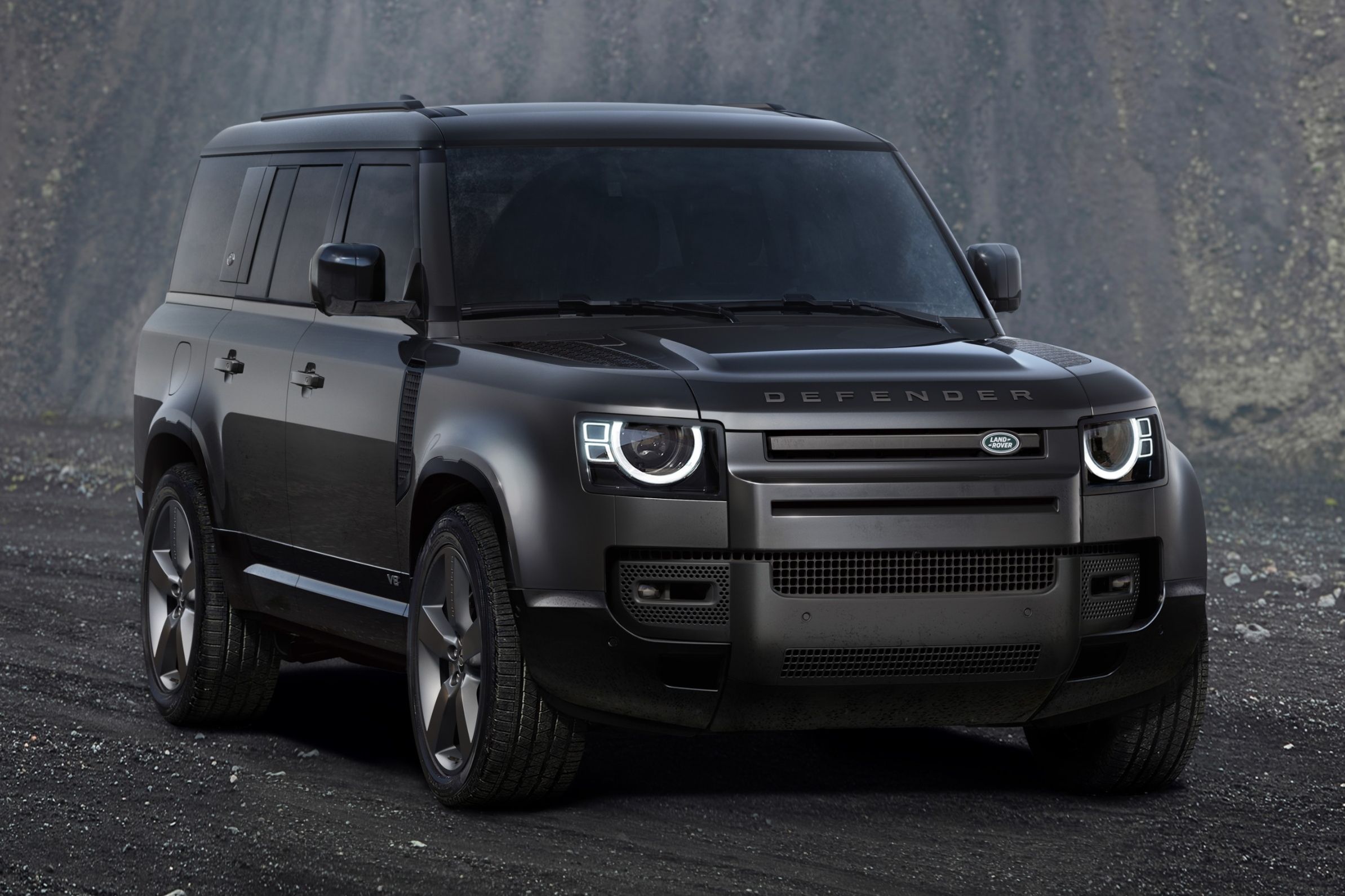
When you look seriously at the new Land Rover Defender, it's hard to find an actual contemporary to compare it to. A Jeep Wrangler seems obvious, but a Wrangler is purely a recreational vehicle. Honda's Passport has some off-road chops but is more of an adventure SUV than a hardcore off-roader. The Jeep Cherokee and Grand Cherokee are considerations, but they compete with Range Rovers as luxury off-roaders rather than something utilitarian.
Looking back a little, Toyota's FJ Cruiser would be in the running, particularly when you consider how they're still retaining their prices long after going out of production. However, it occurs to us that what the new Defender is, in reality, competing with is itself. So, let's take a closer look.
Price
The new Defender will start at $50,925 for the longer 110 version, while in the last year of production the original 110 cost around $47,500 for the rest of the world. Allowing for inflation, the price in 2016 would be $50,453 now. That is shockingly close. If the two were available on the market together now, the new Defender would win hands down due to its significant bump in comfort and technology. Compare them in their own time periods, and Land Rover has landed them in pretty much the same spot.
Performance
The original Defender initially inherited the 2.25-liter petrol and diesel engines and the 3.5-liter V8 as the Series III vehicles. After upgrades through its lifecycle, power topped out at 134 horsepower but, more importantly for off-roading, 233 lb-ft of torque. The new Defender 110 is launching with a 2.0-liter turbocharged inline-4 gasoline engine, badged as the P300, making 296 horsepower and 295 lb-ft of torque. It has the original Defender licked before even looking at the mild-hybrid version, and will no doubt be a lot less thirsty than the old but gold Rover V8 either way. We also know the 90 will show up later with a 3.0-liter turbocharged inline-6 engine with electric boost developing 395 hp and 406 lb-ft of torque.
Body and Chassis
Usually, this would be the styling section, but it goes much deeper than that here. While the new Defender has plenty of styling cues from the original, what we really care about is the function when it comes to off-roading. What's readily apparent just looking at the new Defender is how short the front and rear overhangs are, which is critical for approach and departure angles. Digging a front bumper into the bottom of a hill or losing one coming back down is far from ideal, and getting stuck even less so.
The approach angle on the new Defender is 38 degrees, which is not quite as good as the original. However, ground clearance has risen from 9.8 to 11.4 inches. The angle the new Defender can tilt on its side before falling over is now 45 degrees rather than 35 degrees. Wading depth has also increased from 19.6 inches to a little over 35 inches. Hardcore off-roaders will also appreciate that the break-over angle is just about the same between Defenders, so the same chance of getting beached exists. The chassis on the new Defender is also much more rigid, which will make a lot of difference in the great outdoors and on the open road.
Interior
The original Defender's interior was spartan at best, and one of the things you'll often hear people that owned Defenders say is that you could hose it out. You could, but few actually did and it wasn't exactly advisable as Land Rover electrics were notoriously temperamental already. The new Defender has also gone for an easy to clean interior though, and with plenty of rubberized material on the floor as well as paint and exposed bolts on show higher up.
Optional on the new Defender is the jump seat between the driver and passenger as a carryover from the last Defender model. The new Defender does have a roomy and more comfortable interior with seating for up to seven, including some actual elbow room for the driver by the door.
Cargo
Something that gets forgotten about the original Defender is that it was actually a truck that you could buy with or without a hardcover and with in front seating only or as a crew cab. The new Defender is clearly an SUV, and although commercial models are planned we already know a mainstream truck is only a possibility. That doesn't mean the new Defender isn't practical though, and the 110 has plenty of space with the seats folded flat to carry your gear on an expedition.
Verdict
The big advantage of the previous Defender was its sheer utility and the fact people didn't have to worry too much about knocks and dents as the paint was as simple as the body panels you could just unbolt. It was a no-frills utility vehicle that could easily be farm truck, an all round utility vehicle, a family adventurer or a serious overlander. The new version appears to have better off-roading chops and is a family adventurer or serious overlander out of the box.
If you don't need it to be a farm truck, the new Defender is a clear winner. Some genuine comfort, much more power to match the better off-roading chassis and body, better fuel economy, and an infotainment system rather than a tinny stereo is something nobody could deny makes life better. If you want a serious off-roader that is also a traditional truck, well, your best option, for now, is the Jeep Gladiator.
